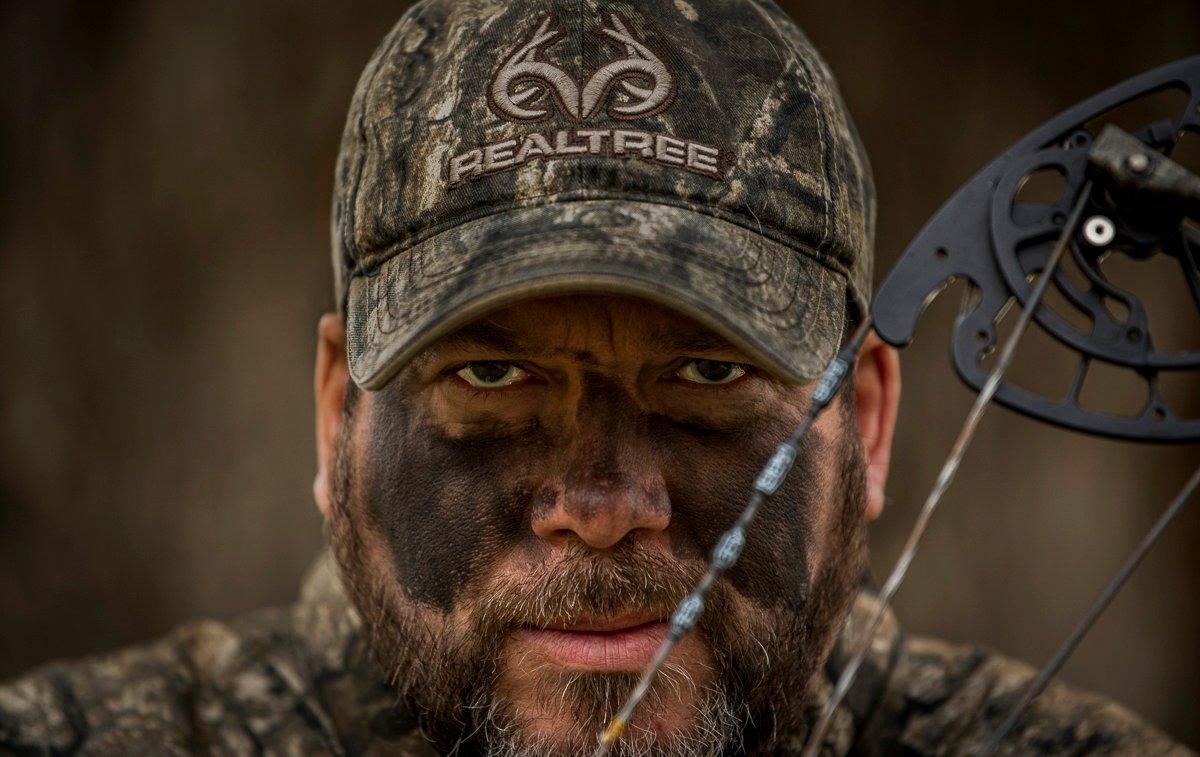Five important considerations when hunting older age classes of whitetail bucks
You know them — those hunters who kill one or multiple monster bucks each year. It makes you wonder. How do they do it? What are they doing differently?
Lots of factors culminate into consistent success on mature whitetails. Still, it's obvious that big-buck killers have a different mentality than those who don't consistently tag good ones. There's nothing wrong with either side, but for those aspiring to tag mature bucks every season, it takes a certain mindset. Here's a look inside the “it” factor, courtesy of several accomplished deer hunters.
Preseason Prep
Bone Collector co-host Travis “T-Bone” Turner has killed a lot of big deer, many of which have been tagged on his own properties. His secret: a lot of work leading up to the season.
“I don't have the luxury of being able to hunt in every tree and walk miles and miles and do extensive scouting like I used to,” Turner said. “And with my background in land and deer management, my approach is to work hard in the off-season. We've adopted the approach of training big bucks to die. Meaning, we set up our farms to where the deer must come to us.”
Surgical Approaches
All Things Hunting's Kyle Barefield is no stranger to monster bucks. He spends a lot of time each fall chasing these critters, and he does well at it. For him, it's all about hunting deer without letting them know they're being hunted. He tries his best to put zero pressure on the deer before, during, and after the hunt.
“Access in and out is very important,” Barefield said. “Never cross their paths if the setup allows for it. Don't put feet in a spot a deer may come by after you're gone and smell where you've walked. Stay away from the bedding areas going in and out during the day. Stay away from the feeding areas going in and out at night or before daylight.”
Another thing for hunters to consider is timing their hunt based on the best available information. “Go into the best spot to kill on the best weather and best wind days, but based on observations you make from the edges,” Barefield said.
Intercept Lines of Movement
Some hunters like hunting bedding areas. These hunters tend to be more aggressive in their approach. Other hunters focus on food sources. These tend to be more passive. Barefield says split the difference along transition areas.
“That's traveling from bed to feed and not at either destination,” he said. “Last week, we killed our top three deer that we know of on the property — 163, 174, and 176 — by hunting only in the transition areas and totally staying away from their destination fields where they fed and the thickets where they bed.”
Positive Energy
Most hunters are familiar with Dan Infalt of The Hunting Beast. According to him, positive energy and high expectations are important. Each time he goes afield, he expects to kill his target buck. But when he doesn't, he doesn't let it negatively affect him.
“It doesn't phase me,” he said. “I go back out again the next day believing I'm going to kill my buck. A hunter needs a controllable amount of cocky arrogance mixed with confidence to get up every morning and start over. You lose that belief you're going to succeed and you won't be ready. You won't stay focused to the buzzer. You won't jump out of bed at 4 a.m. and race to the woods. And you won't have your mind constantly racing about what to try or where to go next.”
Trust Your Gut
Consistently successful big-buck killers have a lot of experience. They have accrued a lot of knowledge that helps them fill tags on a regular basis. Oftentimes, a combination of knowledge and intuition culminates into gut feelings. If you ask Backwoods Life's Michael Lee, it's important to listen to those.
“Don't stress; let things happen as they come,” Lee said. “Trust your gut instincts and don't overthink your strategy. And, most of all, enjoy it and success will come.”
In essence, prepare, work hard, and stay mentally positive. But don't work yourself so hard that it eats away at enjoyment. After all, hunting is fun.
(Don't Miss: The Best Times to Deer Hunt in 2022)












